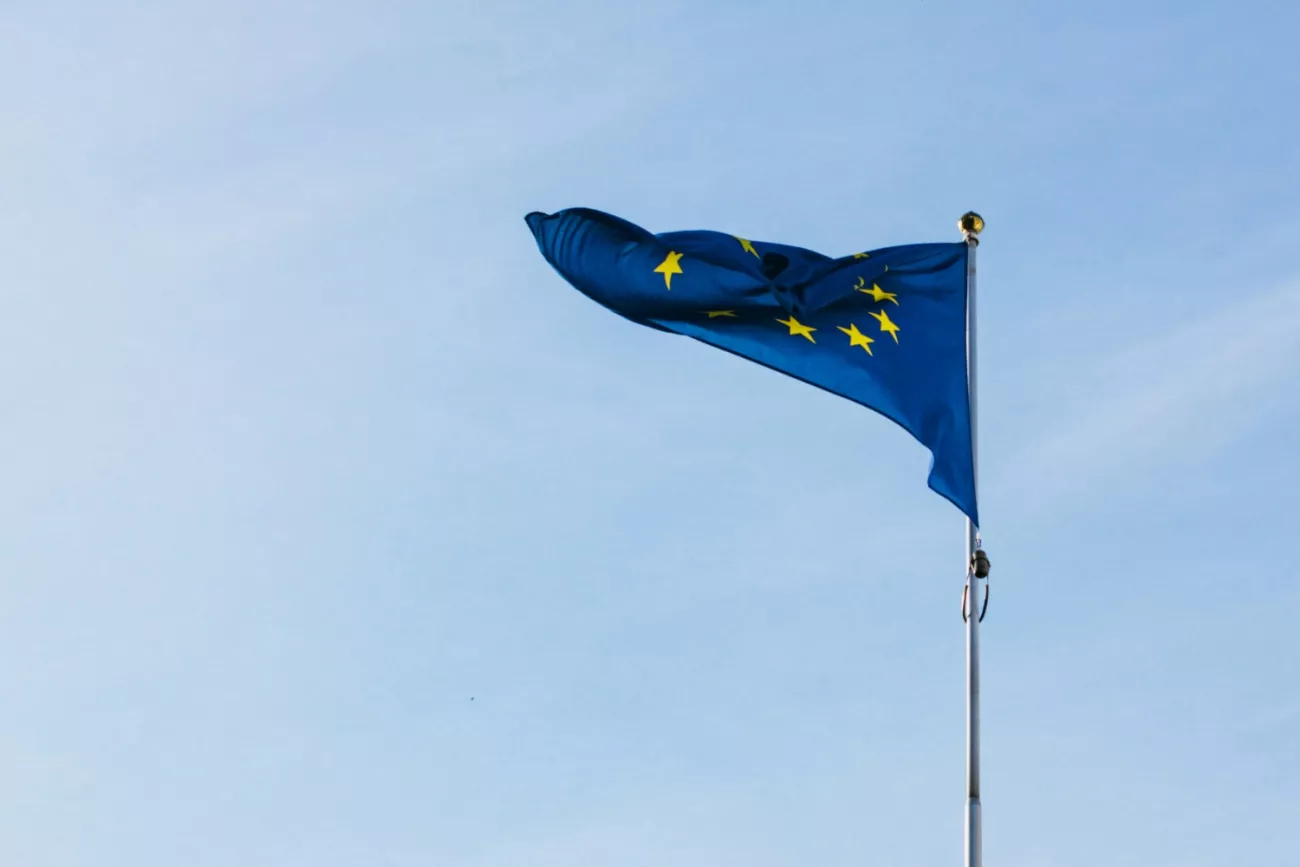The concept of identity and authentication is at the core of what we do at Pointsharp. How can you prove that you are who you say you are?
Identifying yourself by a username and password was played out long ago. Over the years, we have grown used to seeing various multi-factor authentication methods in play. Everything from scratch cards for logging into your bank account to digital identities with the same level of trust as your passport.
But it has always been a fragmented space where one standard is incompatible with the other or not secure enough to be taken seriously on a broader scale. The second edition of eIDAS, or eIDAS 2.0, will fix many of those problems on a European-wide scale. But it might not be the silver bullet for everything connected to eID.
The goal of a European digital identity
eIDAS 2.0, much like NIS2 and the upcoming updates to GPDR, is meant to address the shortcomings of the initial regulation. For eIDAS, that comes in the form of the ambitious goal of having 80% of European citizens under the new digital ID system by 2030.
That will come by updating the regulation with more robust directives for digital certificates, a wider scope of services, and introducing “qualified trust service providers” to oversee much of the identification.
Hopefully, this means we can enjoy an EU-wide electronic identification system, having one eID system no matter where you might be in Europe.
At Pointsharp, we follow this closely to see where our solutions might help. At the same time, as a company sprung out of Sweden, we also have a good idea of what it takes to do both personal and professional ID right.

Resources Learn more about our solutions, us, and how we can help you.
Support Get help with our products and solutions.






